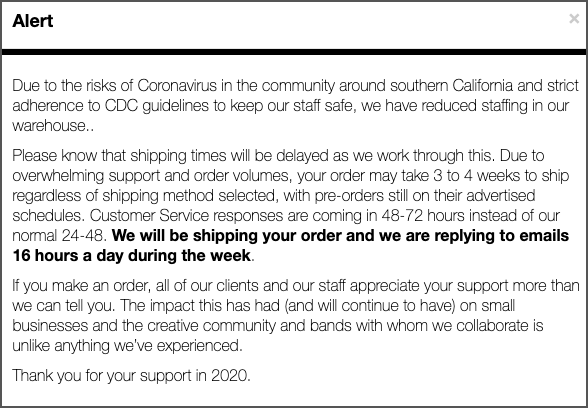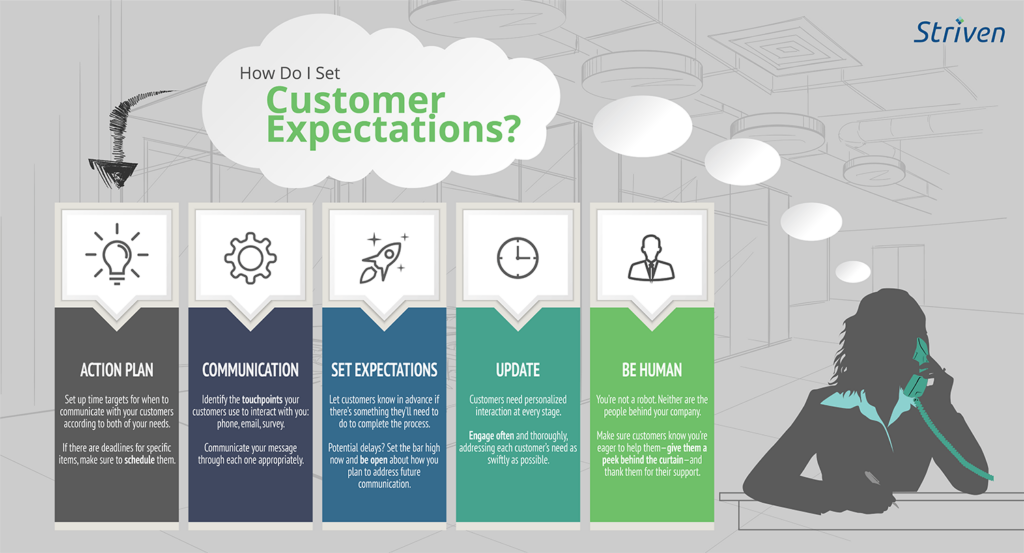A few weeks ago, my local Motor Vehicle Commission reopened. Drivers had been waiting for months to renew registrations and licenses. New, hopeful drivers were looking to get their first licenses, a rite of passage that comes one year later for teens in New Jersey than in many other states. In any case, there were papers to be signed, fees to be paid, documents to be transferred.
When the MVC was finally cleared to re-open safely, they swung their doors to angry customers in lines that wrapped around the entire building. Occasionally several times over.
Who could have predicted such chaos? Such anger? Such an apt visual representation of the frustration and bureaucracy the MVC has been trying to shrug off for years? Who knew all of the customers would come at once?
Well, pretty much everyone who gave it more than a second’s thought. Customers had been waiting weeks for these services. But the organization had no process in place to handle the surge of business that was bound to come. What could have been a good thing —back to business!— turned out to be a nightmare.
Anticipating What Your Customers Expect
Many people I speak with have had the same experience ordering takeout, speaking with contractors, getting maintenance requests filled, ordering items from small businesses online. The list goes on. There’s a common thread through every interaction: people aren’t really that frustrated with the time a transaction, call-back, or shipment takes. Instead, they’re upset that there’s no communication about the fact that things have changed.
Increasingly as consumers of both products and services, we’ve become quite accustomed to disruptions and delays. We inherently understand issues with supply chains or that safety precautions mean we’re going to wait longer than we used to for a haircut, a sandwich, or a driver’s license. Really, all we want is to be told.
How To Communicate Changes and Delays
The other day, I went to order some music online (yep, I still do that) from Kings Road Merch and saw this message:

A relatively simple explanation, with a peek behind the scenes, that sets my expectations as a consumer. When I read this, I say “of course, that makes sense.” I’m not angry, because how could I be? However, it might have been a different story if my order had taken twice as long and I hadn’t been informed. I’d probably have assumed it got lost in the mail and I’d have to check back in with the company.
The Small Business Advantage
Setting and managing customer expectations is especially challenging for small businesses. They don’t have the distribution and shipping power of Amazon. Automated responses are less common when dealing with small business services. And when they’re overwhelmed with customer demand, processes can move even slower.

We’re always racing in business, and especially in technology, to do everything faster. And big corporations with the most money may seem like they’ve won that race and made it impossible for small businesses. But the latter have the power of creating and leveraging personal relationships with customers.
Even in a completely automated transaction, I’m struck by simple messages that remind me who’s at the other end of things. I go back to the last part of that pop-up on my ordering screen:

Genuine gestures of appreciation. Reminders of humanity. It matters less to me that I have to wait longer for a package to arrive. I’ve been warned. But this doesn’t read like a warning or an excuse at all. Because I know full well what small businesses are struggling with right now— we all do. Ultimately, I feel much better about giving them my business.
Customer Expectations Are Always About People
Many small businesses might be “Covid-proof” in the sense that customers will keep coming, and sometimes in droves. It’s a reassuring thought. But it doesn’t mean all businesses are equipped to handle shifting customer demand, rearranged operations, or new processes.
The key, every single time, is communication. If only my local MVC had sent a message to customers in anticipation of long wait times. If only they’d have reassured us of their mission, and the fact that they’re a collection of great people who want to help. If only they’d sent it out before the lines formed. I wonder, then, what would have changed.
We probably shouldn’t have to be reminded of these things. But the truth is, those messages bring out the best in customers and set better expectations. They remind us what business really is: people working to help improve each other’s lives. Even if it means we’re just trying to renew our vehicle registration.

